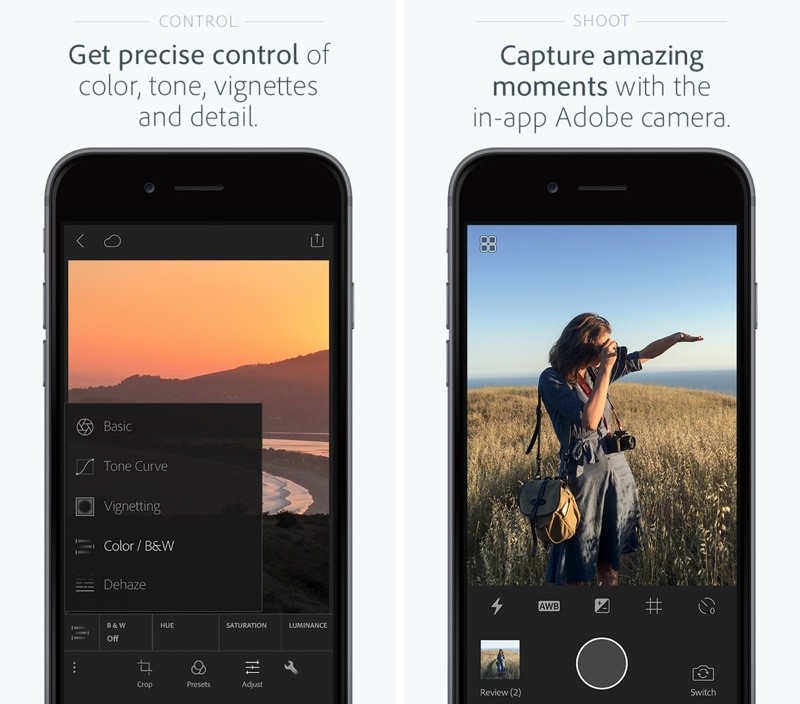

Everything is compressed and crowded, but if your Android handset is the camera you always have with you, then you’ll appreciate that Lightroom got to your phone first. Using Lightroom on the phone is obviously more of a challenge than on a tablet because of the limited screen real estate. It’s unclear when an Android tablet version will be released (or, for that matter, when Lightroom 6 will be making an appearance), but Adobe assured TNW that Android tablets are indeed on the roadmap.Īndroid phones span a large range of sizes, but I can only speak about the one I own, which is roughly the size of the iPhone 6. Whereas the mobile Lightroom iOS version debuted on the iPad and then migrated to the iPhone, for Android, Adobe has taken the opposite tack. Low resolution previews in the grid layout lead to higher resolution images for editing. The biggest point of contention for me today is that the Android version is not optimized for tablets. The app’s interface, characteristic of Adobe’s cross-platform development strategy, is almost completely analogous to the iPhone app Adobe released in June, with some very minor differences. And with Lightroom Mobile as a service-based adjunct to the desktop app, it’s critical that Android users get equal time. It makes sense that Adobe has tackled the most accessible category of its Creative Cloud apps first: While the $9.99-per-month photography plan directly targets photographers with the lowest priced subscription, Lightroom is the only Creative Cloud app that can still be purchased as a perpetual license. That is about to change with the launch of Lightroom Mobile for Android, available free on the Google Play Store. However, this concentration has thus far been focused on the iOS side of the equation. Now, when you shoot with Lightroom’s camera, those raw images will appear right within Lightroom, ready for you to edit on your Phone.Adobe has put plenty of energy into the mobile side of its Creative Cloud marketplace. Tap on the name, and a pop-up screen appears where you can choose which mode you want to shoot in. STEP TWO: Up at the top center of the screen, it shows the file format you’re shooting in (shown circled above in red) – either JPG (jpeg) or DNG (Adobe’s RAW format). STEP ONE: Launch Lightroom on your iPhone, and at the bottom of the main street, down at the bottom in the blue pill shape click on the Camera icon to bring up the Camera app. You don’t need a brand new iPhone 14 Pro to shoot in Raw – as long as you have an iPhone made in the last eight years (at least an iPhone 6s, 6s Plus, or SE, all of which came out in 2014), or newer, you can use Lightroom’s awesome built-in camera to shoot in RAW mode (It was IOS 10 that let 3rd party apps like Lightroom on your iPhone shoot in Raw, even though Apple’s own Camera app didn’t include that option).


 0 kommentar(er)
0 kommentar(er)
